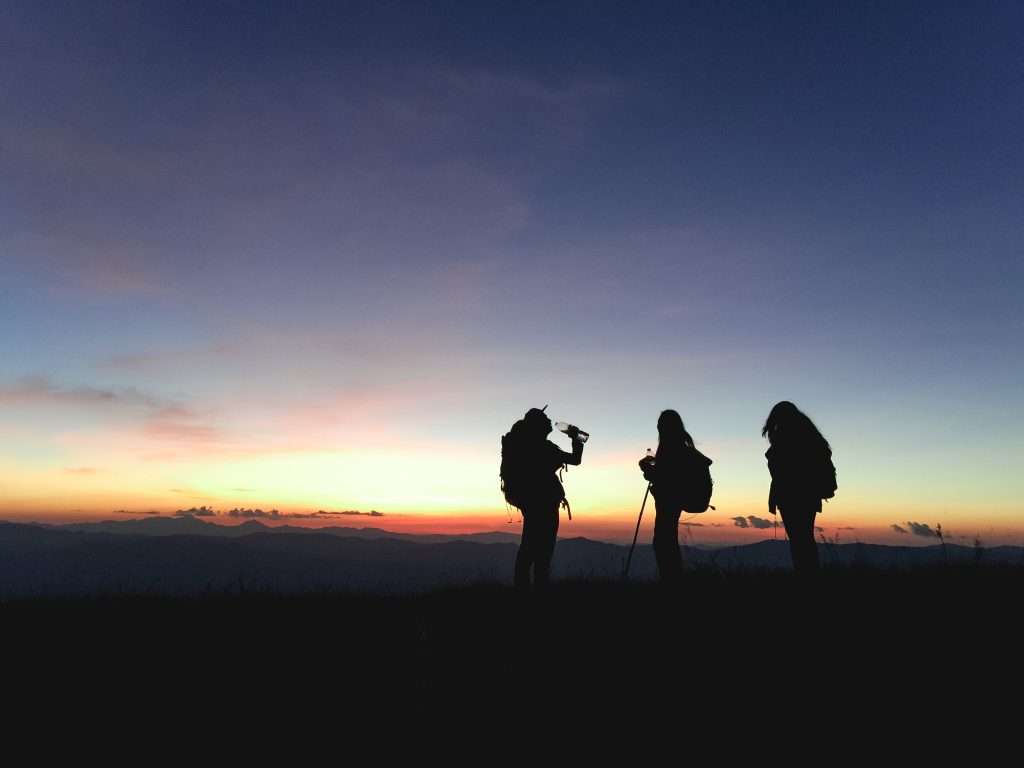One of the sectors to take the biggest hit around the world has been tourism, on which one out of every 10 people depends as a source of livelihood. Travel restrictions have hit the sector hard, but we can now see a silver lining as countries are learning from experiments. Singapore finally decided to open even if it is just for people from Germany and Brunei. Thailand’s experimentation with “sandbox” has gone well, and they definitely would not like to miss the new year rush.
During my last quick trip across the border in eastern Nepal, we saw people moving across the borders following the travel protocols of PCR test to get to India, and full vaccination to get to Nepal. United States citizens are now being allowed to enter Canada after 17 months. The Maldives took advantage of its location, and its arrivals in August 2021 were higher than those in 2019. Every country is looking at ways to open up for tourism. For Nepal, it will be essential to look at how it can build a good strategy and execute it.
The Right Protocols
Every country should establish protocols that are centred around the visitor to make the person feel safe and welcome. The Nepal Tourism Board can initiate live chatbots to ensure people’s queries are answered and create a dedicated call centre to answer calls. In the days of calls over the internet, this is the cheapest and most cost-effective medium. Yes, we can start opening up for people who are fully vaccinated and ensure mandatory PCR reports are taken before departure.
We need to be mindful of the requirements of the countries that people will be returning to. Our travel protocols have been developed keeping in mind the mass market labour, but we need to understand that Nepali outbound tourism will also bounce back as countries open their borders. Our airport, now managed by a private firm, competes with the bus park on aesthetics and services. Similarly, there will be more Nepalis travelling for meetings and work. And let’s not forget, there is already a million-strong Nepali diaspora settled in different countries around the world, who will be travelling on non-Nepali passports but would like to seek better treatment at the airport.
Nepal’s track record of its airport, protocols and government action has been very poor, only compensated by the hospitable Nepalis who make people’s trips memorable. We need the government and tourism trade industry to learn how to convert goodwill into government actions.
Given the way Nepal has been able to implement the control measures and non-regulation of hotels, restaurants and bars in terms of crowds or protocol, we have to be clear: No big conferences will happen in Nepal till we pull up our socks. Similarly, people who have the money and fly in private jets don’t find Nepal ready to cater to this group. Therefore, it will be back to mass-market tourism, especially from China and India, and that is what it should be. Overland tourism from India will start gaining momentum, and the key is to ensure that the folks at the border treat you as a person whose business we need rather than treating everyone as a criminal trying to smuggle something or the other. Definitely, the folks at the border have to go through some massive “customer service” training, and there could be a Tourism Help Desk manned by personnel who can speak the local language to make people feel they are welcome.
We are, after all, connected to a market of 400 million-plus people within a few hours’ driving distance. From China, it will be about flights, and as it decides to open up its skies cautiously, it will be time for Chinese tourists to travel again. For one of the Southeast Asian markets, there were support schemes under which Chinese travellers could avail of state support worth $1,500 provided they fly a Chinese airline and spend a week outside China. Given the mental health challenges the pandemic has brought about around the world, going out for many people can be the only way to bring about a change in their daily rut.
Long-term strategies
While much of the blame is put on the government, the Nepali private sector working in tourism also must introspect and see what they need to do. The associations that have converted themselves into political cartels have not helped as the focus is never on looking at the industry but at personal gains. A few champions are trying, but many are giving up. Hotels are a priority area for lending, whereas for banks they are a real estate business, and only a few are really in the business of hospitality. Further, family feuds and feuds with workers have not helped either. The business is still owner-driven, and even the largest conglomerates have decided to run the business themselves rather than bring in professional management. For someone who has spent two decades in a hotel group as a professional, this is really saddening.
We have messed up our exclusive products like mountain climbing by selling them cheap; we have not cared about trekking routes; places like Sauraha have been converted into an urban ghetto; and everyone is in a hurry to finish Pokhara and replicate that destruction in Lumbini. The pandemic, hopefully, has taught us some important lessons as we reflect on our mistakes; it is time to set things right as we open Nepal to the world again.


